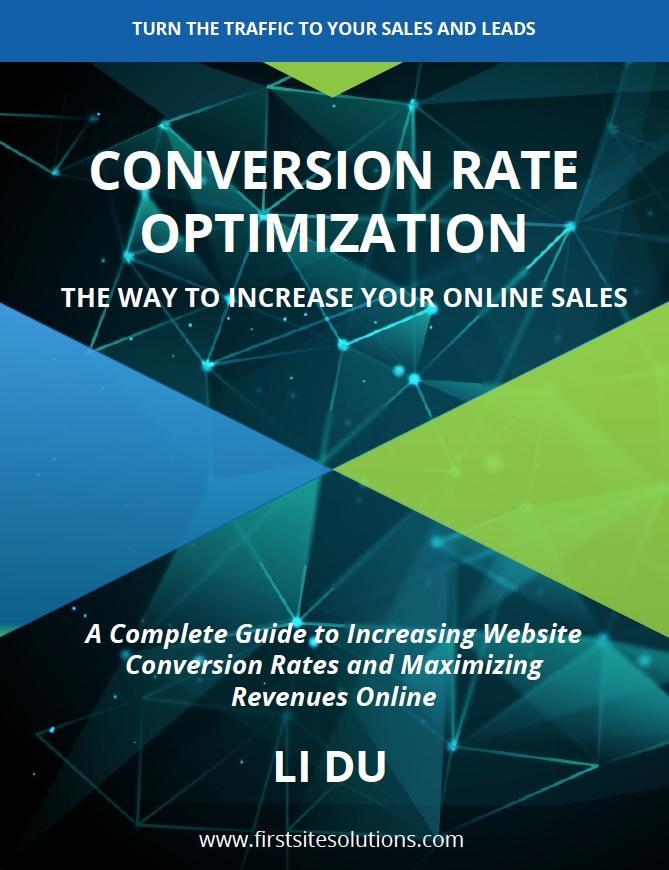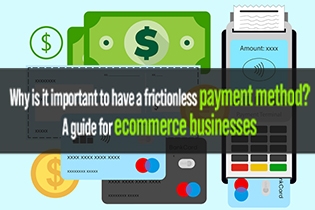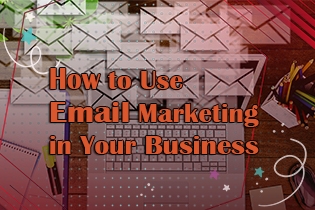
It’s time for your scheduled checkup.
I’m talking about the content on your website, not your doctor’s appointment.
Did you know that you should consider doing a content audit about every 3 to 6 months?
This will keep your content current and fresh. And even though it’s a time-consuming process, it’s an important way for you to gauge, adapt, and respond to shifts in consumer behavior and needs.
So if you’ve published a blog and not gone to check up on it, you need to do so today.
How Can A Content Audit Help Me?
You know that content is king. But your blog is just a drop in the ocean. Five million blogs are fighting for attention every day. So people have access to a ton of information. They don’t want to waste time on outdated, stale, and irrelevant content.
To stay on people’s radar (and Google’s), your blogs have to be as fresh -and strong- as your morning coffee.
And this where an audit can be beneficial. A content audit entails analyzing and assessing all the content on your website to highlight their strengths and weaknesses. More importantly, it will protect your brand’s long-term reputation. By monitoring the right KPIs and reviewing content periodically, you can keep your content marketing strategies on track.
So an audit can:
- Improve SERP rankings. Google loves high-quality, valuable content that's fresh and up-to-date. And this will help you remain competitive in the fierce content landscape.
- Enhance your content strategy and allow you to align with the target audience’s needs. Many readers consciously disregard outdated results for fresher ones.
- Eliminate duplicate, similar, or irrelevant content from your site. Get rid of non-essential content that can slow your site down.
- Helps optimize poor-performing content by identifying their flaws.
This last point is a deal clincher. Instead of starting from scratch, focus on updating and repurposing existing content. It is one of the most efficient content marketing tactics that save time, effort, and money. According to SEMrush, 51% of marketers use it.
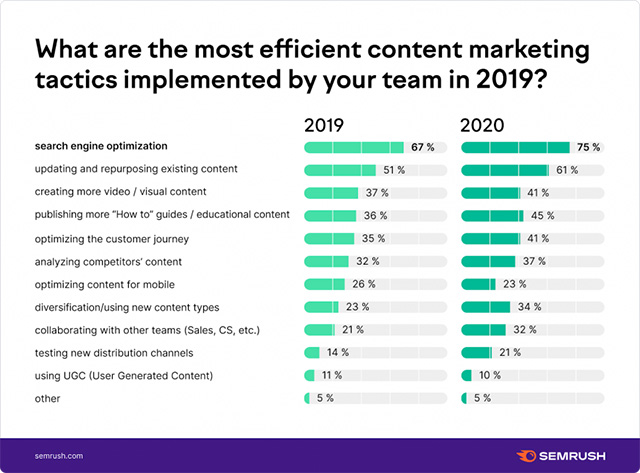
I think by now, you’re convinced that a content audit can help you achieve more impactful results.
So without any further delay, let’s get started.
Step-By-Step Content Audit Guide
I love to keep everything simple. It’s one of the easiest ways to tackle a problem and achieve positive results. Here are five steps to follow:
Step #1: Clearly Define Your Objectives
Auditing all the content on your website is a demanding task. But you can’t just dive into it without a plan. Like every other aspect of your business, you need to organize your strategy and state your goals. It’s often the best way to stay on track and produce more successful results.
What do you plan on gaining from conducting a content audit? Depending upon your goals, you will need to select the right KPIs to analyze your content's current condition and track its improvements after an audit. The infographic at the end of this article illustrates what KPIs you need to track constantly for your content success.
Common audit goals involve:
- Improve SEO results
Metrics to look at: organic traffic, SERPs rankings, backlinks, keyword rankings, dwell time, etc.
- Align with consumer needs
Metrics to look at: pageviews, bounce rate, time on page, page depth, pages per session, unique visitors, traffic sources, etc.
- Increase engagement
Metrics to look at: likes, shares, comments, requests, republications, mentions, etc.
Metrics to look at New leads, conversion rates, cost of acquisition, ROI, etc.
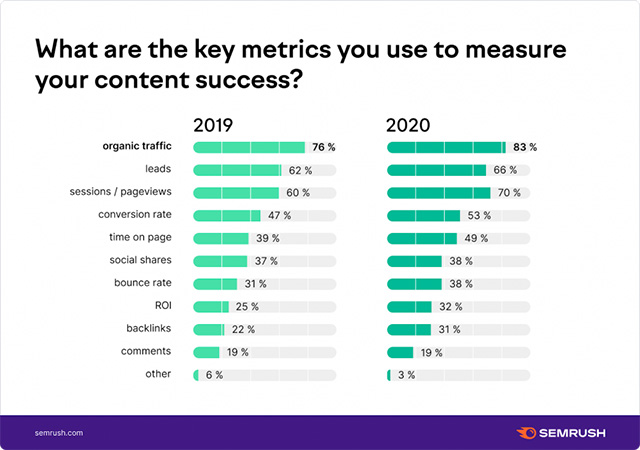
Step #2: Take Inventory
Essentially, you need to take a broad approach when it comes to content auditing. This means taking an inventory of all your content, internal and external. That includes blog posts, product descriptions, videos, and landing pages on your site, as well as any guest post that you’ve published or videos on YouTube.
You need to gather relevant information, such as:
- Content-type
- Content format
- What stage of the buyer’s journey is being targeted
- Date of publication or last modification
- Number of words
- Number of links
- Shares, comments, likes
Enter all the data into an Excel or Google Docs spreadsheet manually. However, tools like SEMrush Content Audit and Google Analytics can automate the task.
Step #3. Identify Under-Performing Content
Depending on your goals, you need to crawl your content. Tools like Screamingfrog and DeepCrawl can help analyze them and pinpoint areas that need improvement. For instance, if you were working on improving SEO, you would have to highlight blogs that did not rank well in search.
On the other hand, if you focused on engagement, you would need to find topics that did not keep your visitors engaged or get that many shares.
Decide whether the content should be:
- Kept as is
Evergreen content, information about the company, and FAQs usually remains relevant to your target audience and don't need to be changed. However, at times, it can be repurposed into other content.
- Updated
Older content is usually at risk of becoming less relevant. You may need to tweak content by updating stats, incorporating better images, linking to relevant sites, utilizing infographics, etc. Refreshing old content is an effective and efficient way to boost organic traffic.
Pieces with high traffic or are viewed the most but have low conversions should be top on this list. You can also look at what your competitors are doing to see how their content facilitates efforts to rank on the first page.
- Removed
Trends change and technology advances, so it’s possible content is no longer relevant. Holding on to them can do more harm than good, so you will need to remove them. But promotional landing pages, out-of-stock product information, or duplicate content can fall into the same category.
- Combined
Some pieces may have thin content, yet they have the potential to get noticed. Rather than deleting or spending time and resources revamping them, consider combining a couple of them to resolve the situation.
Step #4: Optimize Content
Again, what you do next depends totally on your objectives.
Ways To Optimize Content That Will Improve SEO Results:
According to Forbes, the first page of Google can capture 71% of the search traffic, which, by the way, has gone up to 92% in recent years. Shockingly, the second gets below 6% of all website clicks.
In order for content to be liked by Google, it needs to be:
- Accurate
- High quality
- Useful and informative
- Mobile-Friendly
- Original
- Trustworthy
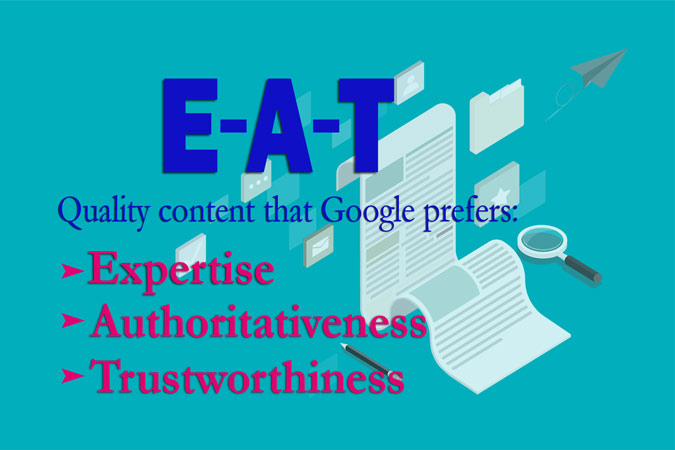
So focusing on these aspects can significantly enhance your content and push it up on SERPs. Moreover, engaging content that can be easily accessed on any device can improve rankings and drive traffic to your site.
You can supplement your efforts by:
- Doing keyword research to find better ones,
- Linking to authoritative external sites as well as internal pages
- Offering expert niche-specific advice
- Using alt text images
- Identify broken links
Ways To Optimize Content So That It Aligns With Consumer Needs
Business 101- you are only as good as the demand for your products and services. Hence, you need to create content that resolves people’s pain points. Analyze search intent to ensure your readers still appreciate your content.
The following depicts the type of content they prefer to consume.
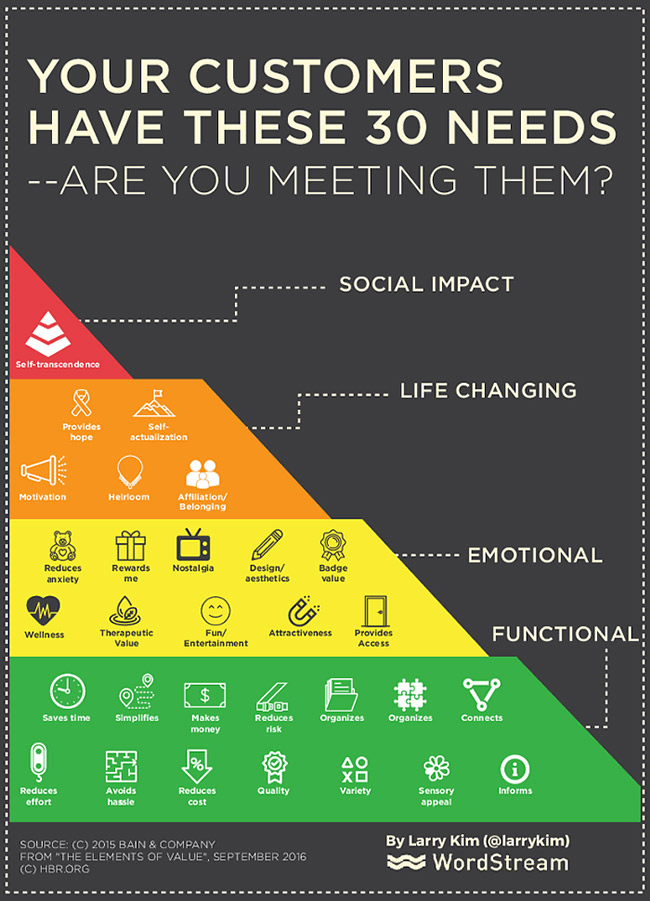
Ways To Optimize Content So That It Increases Engagement
Engagement is all about commanding a reader’s attention from the get-go and encouraging interactions. The aim is to invest in strategies that will foster engagement long after it’s published.
Consider the following ideas to give your stale content a quick makeover:
- Use captivating titles
- Snag them with the intro
- Add more visual elements
- Ask questions
- Use the art of storytelling
- Request feedback, reviews, comments, etc.
Ways To Optimize Content So That It Improves Conversion Rates
Ultimately, success depends on conversions, whether it’s a download or a sale. Content that doesn’t drive conversions can be deemed ineffective. So the content you create and promote needs to add to your efforts.
Content needs to guide readers subtly towards making a decision. The type of content you use depends greatly on what stage of the customer buying journey they are in.
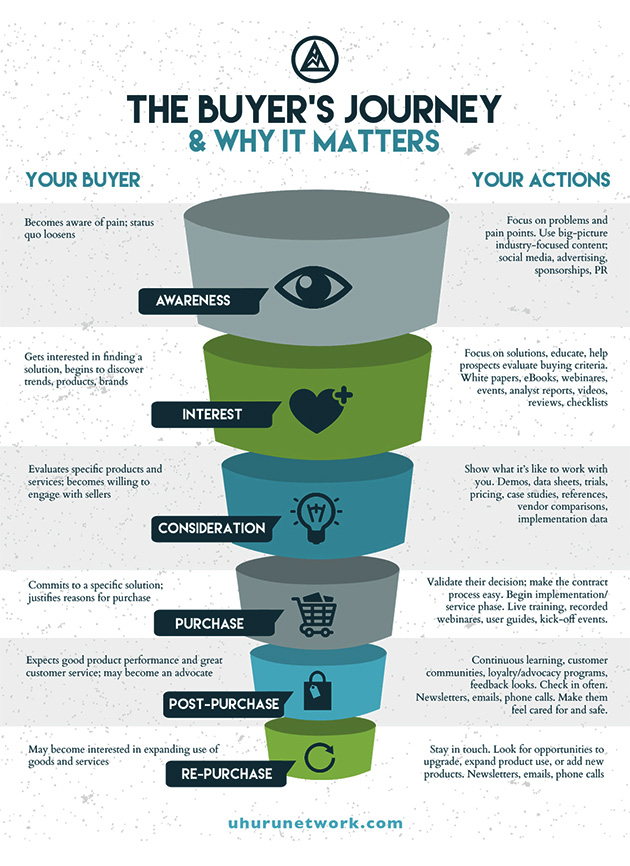
You can improve the performance of your content by:
- Sharpen your focus and provide relevant answers
- Utilize a good structure with H1, H2, H3 headings
- Internally link articles that guide customers through each stage of the customer buying journey
- Use CTAs (Call To Actions)
- Introduce newer forms of content, e.g., e-book, infographics, slides, etc.
Step #5: Publish The Updated Post
Remember to change the publish date so that your optimized, updated blog features as a new post. You can request Google to reindex your URL via the Google Search Console, or simply wait for it to be recrawled.
You can also work on promoting and redistributing it just like any other piece you create. Consider utilizing effective link building strategies, advocating it on social media platforms, and emailing it to subscribers.
Summing Up
The purpose of conducting an audit is to track the success and failure of various pieces in your content strategy. Utilizing the results from an audit can help your brand reach, interact, and engage with your customers. But the ideal way to prosper is to expand your auditing practices to incorporate other marketing channels.
Now that you know everything about auditing content, what about auditing your social media and email campaigns? But let’s leave that for another day.
The infographic: 9 Important Content Marketing KPIs



